U.S. And Latin America Chronic Wound Care Market Growth & Trends
The U.S. And Latin America chronic wound care market size is anticipated to reach USD 8.23 billion by 2030 and is anticipated to expand at a CAGR of 4.11% during the forecast period, according to a new report by Grand View Research, Inc. Steep rise in the number of hospitals & urgent care centers and an increase in hospital admissions. Moreover, rapid advancements in chronic wound care and the increasing number of ambulatory surgical centers (ASCs) are key contributors to the U.S. & Latin America chronic wound care market growth.
The increasing number of ambulatory surgical centers (ASCs), is expected to boost the market growth over the forecast period. ASCs provide patients with precise guidance related to dressings and post-surgical home care. Alongside this, ASCs enjoy advantageous reimbursement coverage for their services, which increases their adoption, leading to a decreased risk of patients contracting post-surgical infections typically associated with hospital stays. Consequently, as the number of ASCs and the volume of surgeries conducted continue to rise, the demand for wound care products is expected to increase. For instance, as per the report of Blue House Sales Group, in August 2023, there were about 6,179 Medicare-certified ASCs present in the U.S. These factors are expected to boost the U.S. & Latin America chronic wound care market growth over the forecast period.
The increasing product launch and strategic collaboration by key market players in the chronic wound care market is one of the major drivers for the market. For instance, in January 2023, Convatec launched the ConvaFoam in the U.S. ConvaFoam is a family of advanced foam dressings designed to meet the demands of medical professionals and their patients. Moreover, in March 2022, Convatec Group completed the acquisition of Triad Life Sciences Inc. to enter the wound biologics segment. These factors, as mentioned above, are expected to propel market growth over the forecast period.
Request a free sample copy or view report summary:
U.S. And Latin America Chronic Wound Care Market Report
U.S. And Latin America Chronic Wound Care Market Report Highlights
- Based on the product, the advanced wound dressing segment dominated the market in 2023 with the largest share owing to the increasing cases of diabetes
- On the basis of application, the diabetic foot ulcers segment dominated the market in 2023. Increasing incidence of diabetes and diabetic foot ulcers is a major factor driving the segment growth
- The hospital’s segment held the largest share of the overall end-use market in 2023 owing to the growing incidence of chronic wounds, an increase in the number of surgeries, and a rise in the aging population
- U.S. dominated the overall market with the highest revenue share in 2023 owing to technological advancements and the growing incidence of chronic conditions in the region
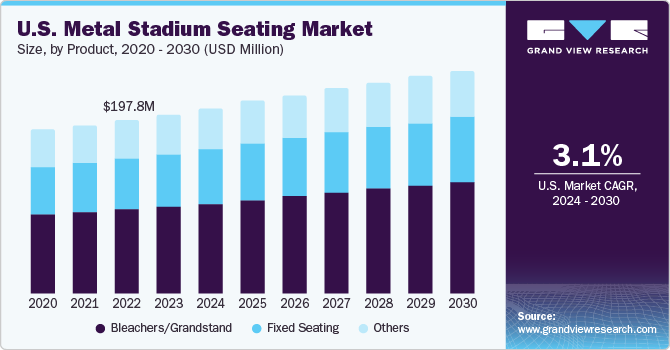
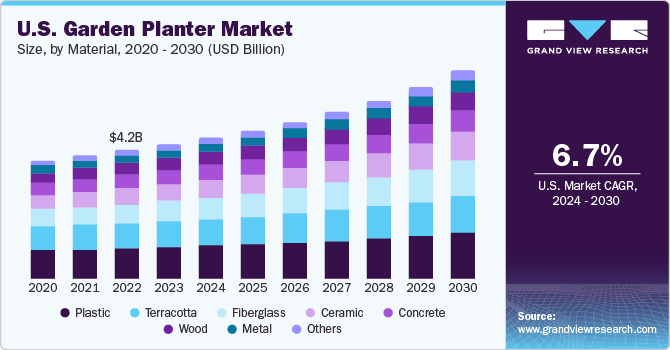
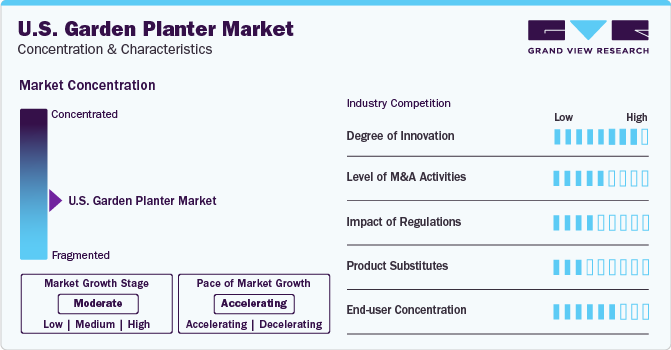
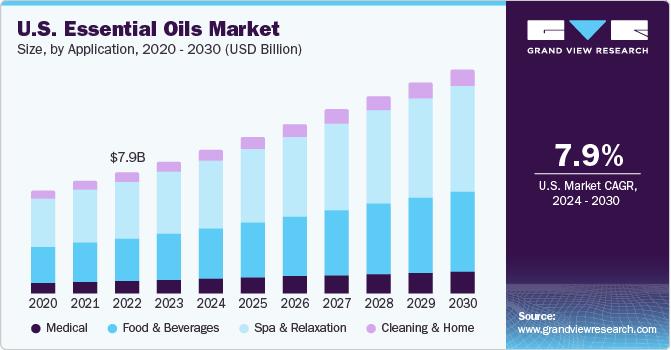

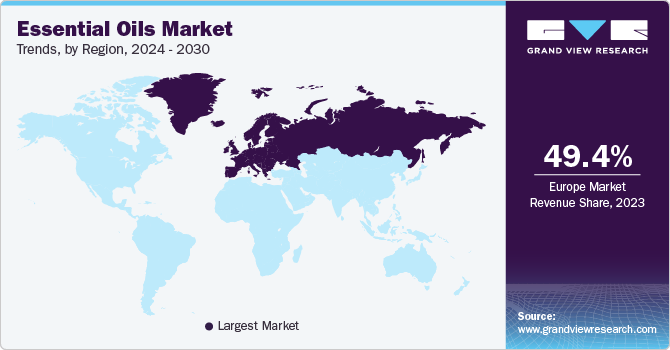
 Request a free sample copy or view report summary:
Request a free sample copy or view report summary: